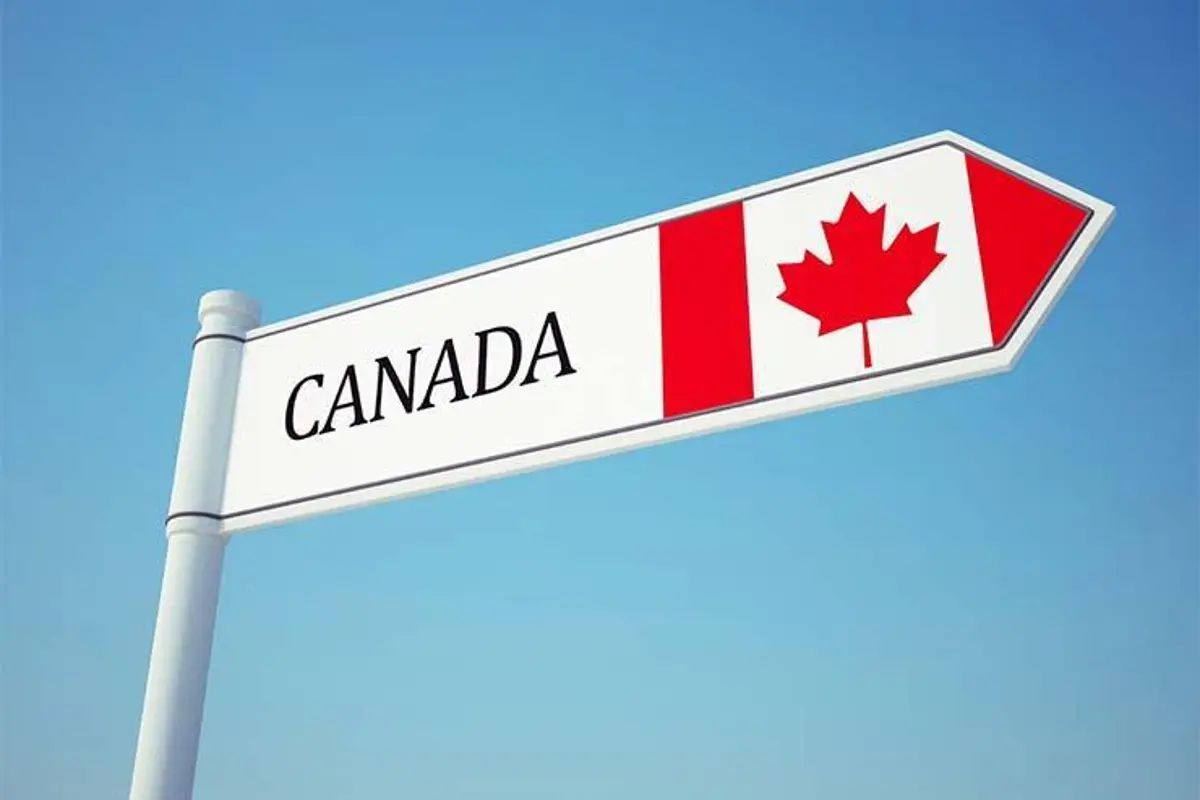Each year, Canada opens its doors to millions of temporary residents, encompassing tourists, temporary foreign workers, and international students. However, unless an individual is a Canadian citizen, permanent resident, or hails from a visa-exempt country, obtaining entry into Canada for temporary purposes necessitates an application for a Temporary Resident Visa (TRV).
Canada Temporary Resident Visa (TRV)
A temporary purpose, including tourism, temporary foreign work, and international studies, falls within the scope of TRV eligibility. The TRV, granted by a Canadian Immigration Visa Office, serves as proof that the holder has met the prerequisites for admission to Canada as a visitor.
It’s vital to comprehend that the TRV does not guarantee automatic entry into Canada, nor does it confer temporary resident status.
Who needs a TRV?
Individuals from countries that require a visa to enter Canada need to apply for a TRV. You can find a list of visa-required countries on the Canadian government website.
Also Read: Work Visa: Canada Launches Pilot Program for Temporary Foreign Workers
How to apply for a TRV
You can apply for a TRV online or by mail. The application process is different for each country, so you should check the Canadian government website for the specific requirements for your country.
The application process for a TRV involves completing forms from Immigration, Refugees and Citizenship Canada (IRCC). In addition to the forms, applicants are required to:
- Make payment for processing and biometric collection fees.
- Provide supporting documents to accompany the application.
What are the requirements for a TRV?
The requirements for a TRV vary depending on the purpose of your visit to Canada. However, some of the common requirements include:
- A valid passport
- A completed application form
- A recent passport-style photo
- Proof of financial support
- Proof of ties to your home country
It is important to note that, specific document requirements might vary based on the responsible visa office for the applicant’s country or region.
How long does it take to get a TRV?
The processing time for a TRV varies depending on the visa office and the time of year. However, it typically takes between 2 and 6 weeks to process a TRV application.
Validity Period of the TRV
If no expiration date is stamped, written, or documented in the passport, temporary resident status concludes six months after the individual’s arrival in Canada.
Differentiating Multiple Entry and Single-Entry Visas
The standard TRV is the multiple entry visa, which permits unlimited entries to Canada from any country during its validity period. This visa is particularly beneficial for frequent legitimate travellers and can be valid for up to 10 years or one month before the travel document’s expiry.
In contrast, a single-entry visa is issued for specific one-time events within Canada. Officers must justify the issuance of single-entry visas due to the standard being the multiple-entry visa.
Can I extend my TRV?
If you need to extend your stay in Canada, you can apply for an extension of your TRV. You can apply for an extension online or by mail.
Can I work or study in Canada on a TRV?
In general, you cannot work or study in Canada on a TRV. However, there are some exceptions. For example, you may be able to work or study in Canada if you are a spouse or partner of a Canadian citizen or permanent resident.
Can I enter Canada with a TRV and eventually apply for permanent residence?
Yes, you can enter Canada with a TRV and eventually apply for permanent residence. This is known as dual intent. Dual intent is legitimate, and it does not mean that you are guaranteed to be granted permanent residence.
Conclusion
Navigating Canada’s Temporary Resident Visa process demands careful adherence to requirements. From tourists to workers and students, understanding the intricacies of the TRV ensures a smooth experience in this welcoming nation.
Follow and connect with us on Facebook, Twitter, LinkedIn, Instagram and Google News for the latest travel news and updates!





